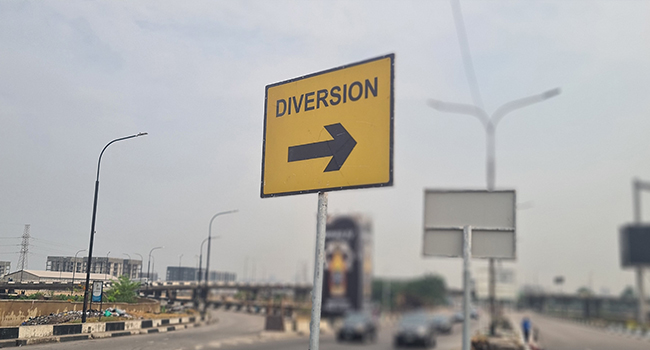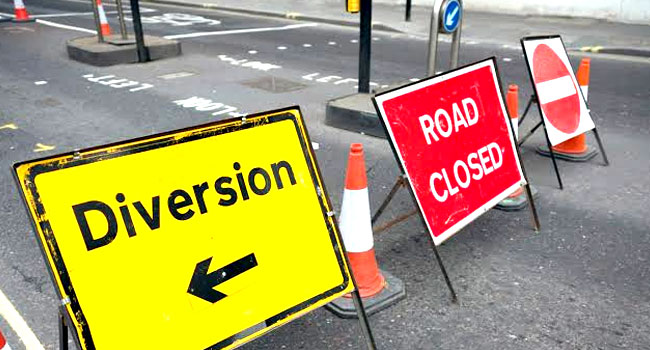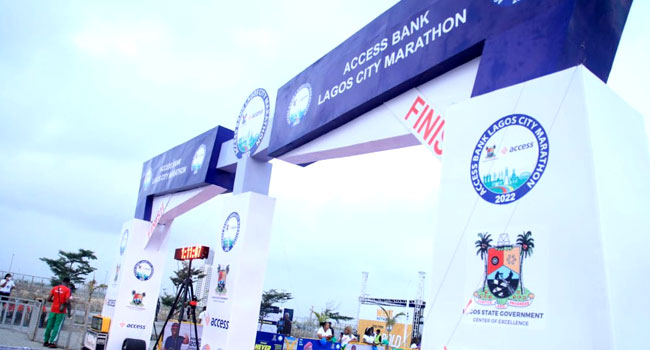The Federal Ministry of Works says it has completed major parts of the first phase of the rehabilitation work being carried out on the Third Mainland Bridge, and will on Thursday, February 22, 2024, divert traffic to the Adeniji/Lagos Island-bound carriageway.
The Federal Controller of Works in Lagos State, Mrs Olukorede Kesha, says a total overlay of asphalt on a section of the bridge has been completed. This, she said, means the first phase of the “comprehensive repair work has been done”.
Since work began on the bridge, the Adeniji/Lagos Island-bound carriageway had been shut off for work.
With that section completed, Mrs Kesha said, “The carriageway will now be open to traffic while the other side (Oworonshoki-bound) of the 11.8km dual carriageway will now be shut for another six weeks.”
READ ALSO: Three-Month Rehabilitation Of Third Mainland Bridge To Begin Nov 1 — Umahi
She assured Lagosians that once the project is completed, the bridge would not be due for another repair for at least five years.
The Federal Government had in the past few years intermittently closed sections of the bridge for repairs but according to Mrs Kesha, this is a major repair work and will be commissioned by President Bola Tinubu upon completion.
The work plan is beyond surface repairs. It will also be replacing bad railings, and installing solar-powered lights and CCTV cameras for optimal security of the bridge.
This latest repair work at the Third Mainland Bridge began on November 1 and is expected to last for three months.
The Third Mainland is Africa’s second-largest bridge, extending nearly 12 kilometres (7.5 miles) to link Lagos Island, the business heart of the city, with the mainland where most people live.
When it was built in 1990, Nigeria’s economic engine had just six million residents.




